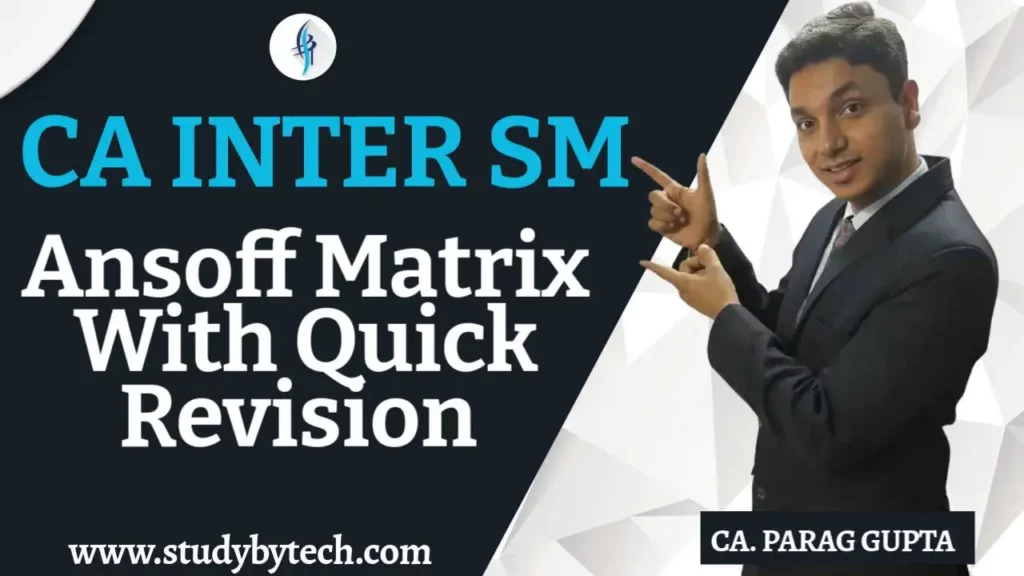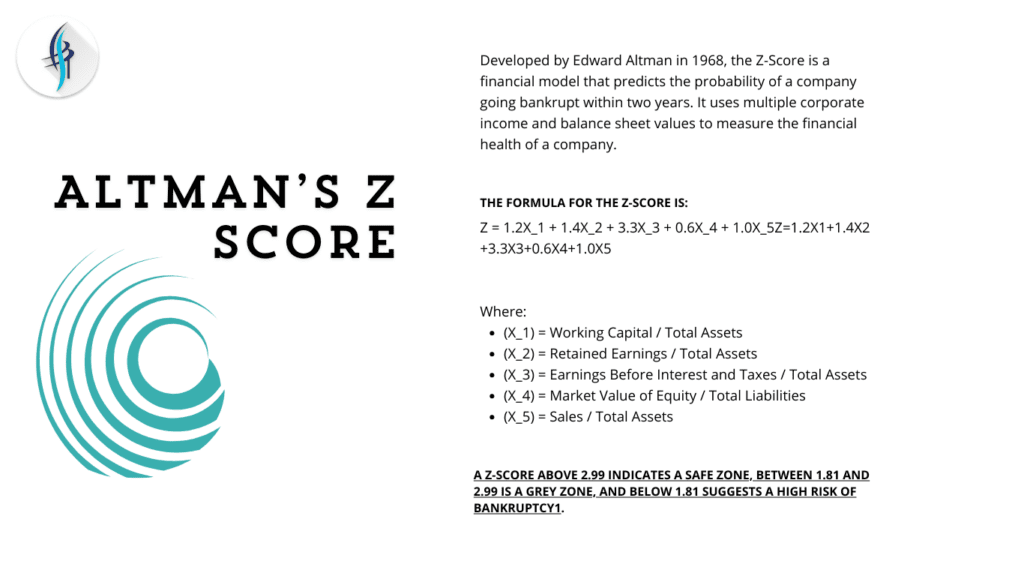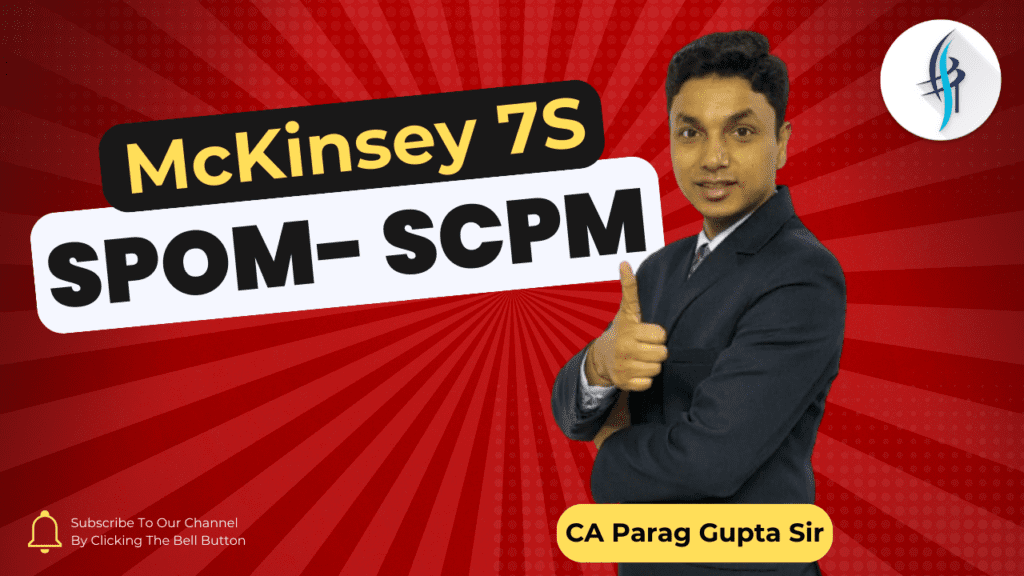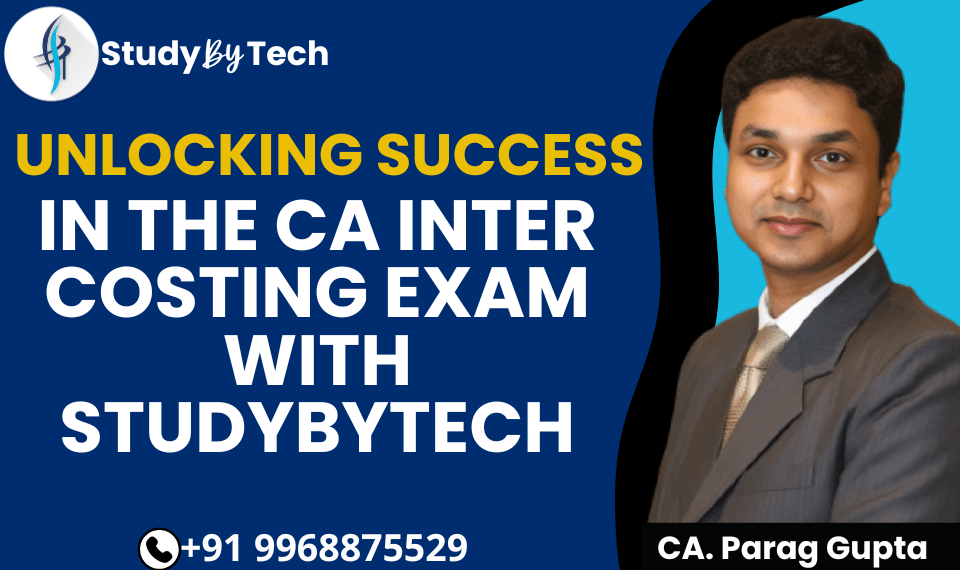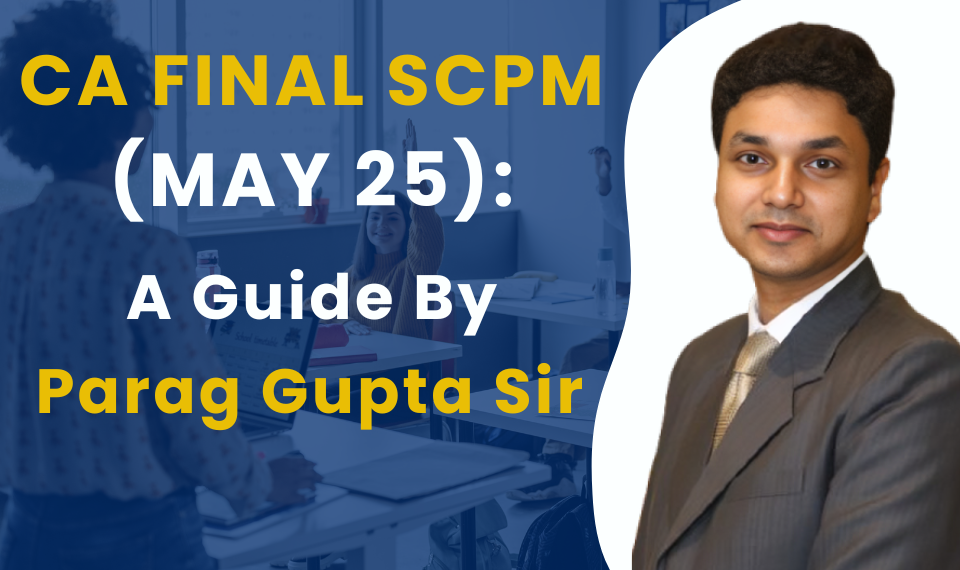CA Inter SM: Ansoff Matrix With Quick Revision By Parag Sir
The Ansoff Matrix is one of the most crucial concepts in Strategic Management for CA Inter students. It’s a tool that helps businesses identify growth strategies by analyzing existing and new products, as well as market opportunities. In just 60 seconds, let’s break down this framework for a quick revision. What is the Ansoff Matrix? The Ansoff Matrix, also known as the Product/Market Expansion Grid, is a strategic planning tool used by businesses to decide their growth strategy. Created by Igor Ansoff in 1957, it outlines four key strategies a company can use to expand based on whether it introduces new or existing products and targets new or existing markets. These strategies are: Let’s take a closer look at each strategy and how they apply in real-world business scenarios. https://youtube.com/shorts/rdOE4syfmSc 1.Market Penetration Definition: Market penetration focuses on increasing sales of existing products in existing markets. The aim is to grow market share by encouraging more frequent purchases, attracting customers from competitors, or increasing overall product usage. Example: A beverage company offering discounts or improving its distribution network to boost sales in its current market. When to Use: This strategy is ideal when a company operates in a growing market and its current products are successful. The risks are low because the company stays within its established territory. 2.Market Development Definition: In market development, businesses introduce their existing products to new markets. This can involve expanding into new geographic areas, targeting different customer segments, or using alternative sales channels. Example: A clothing brand initially selling only in India, expanding its operations to Southeast Asia. When to Use: Market development is useful when the current market becomes saturated, and the business is looking for opportunities to grow by entering new areas or segments. 3.Product Development Definition: This strategy involves creating new products for existing markets. It requires innovation and understanding of customer needs to develop products that align with the market’s preferences. Example: A smartphone company introducing a new model with advanced features to attract its current customer base. When to Use: Product development works best when a company has a strong foothold in the market and a deep understanding of its customers’ needs. Innovation here can help the business maintain its competitive edge. 4.Diversification Definition: Diversification is the riskiest strategy in the Ansoff Matrix. It involves entering entirely new markets with new products. There are two types of diversification: related and unrelated. Related diversification occurs when the new market or product is somewhat connected to the company’s existing operations, while unrelated diversification refers to entirely different industries or product lines. Example: A car manufacturer expanding into the electric bike market (related) or a cosmetic company launching a line of home appliances (unrelated). When to Use: Diversification is typically used when a business seeks to reduce risk by spreading investments across different industries or when the current market or product portfolio no longer offers growth potential. Why is the Ansoff Matrix Important for CA Inter? Understanding the Ansoff Matrix is essential for CA Inter students as it is a key part of strategic Management. It teaches you how companies plan for growth and make informed decisions about risk and opportunity. As a future CA, knowing how to apply the Ansoff Matrix will help you advise businesses on expansion strategies and evaluate the risks involved. Conclusion The Ansoff Matrix is a simple yet powerful tool that helps businesses chart their growth strategy. Whether it’s penetrating an existing market, developing new products, or exploring new markets, this matrix provides a structured way to think about growth. In your CA Inter Strategic Management exams, being able to quickly recall these strategies will give you an edge in case studies and practical applications.

